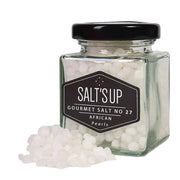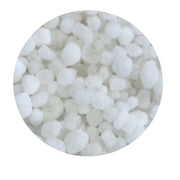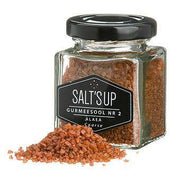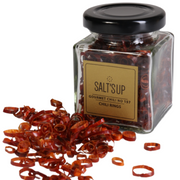LONG pepper
This pepper is also sometimes called the Indian long pepper or pipli. The oldest known reference to long pepper comes from ancient Indian textbooks of Ayurveda, where its medicinal and dietary uses are described in detail. It reached Greece in the sixth or fifth century BCE, though Hippocrates discussed it as a medicament rather than a spice.
As well as using Long pepper to season food or boos flavors in sauces and broths, it also works well as a rub. It has a slightly sweet floral scent, with a bit of a bite, especially if cooked for a long time. We recommend using this pepper with dark meat, vegetables, compotes, desserts, fruit dishes. We suggest you just crush it and allow the sharpness to infuse into curries, vegetarian, and slow food recipes.
Produced in Indonesia
We suggest you just crush it and allow the sharpness to infuse into curries, vegetarian, and slow food recipes.
Long peppers pair well with foods with distinctive, nuanced flavors, like artichokes, asparagus, and mushrooms.
Long pepper tastes like black, green, and white pepper but is hotter.
It has a slightly sweet floral scent.
45g / 1.59oz jar








